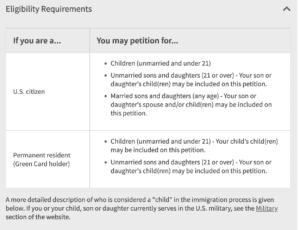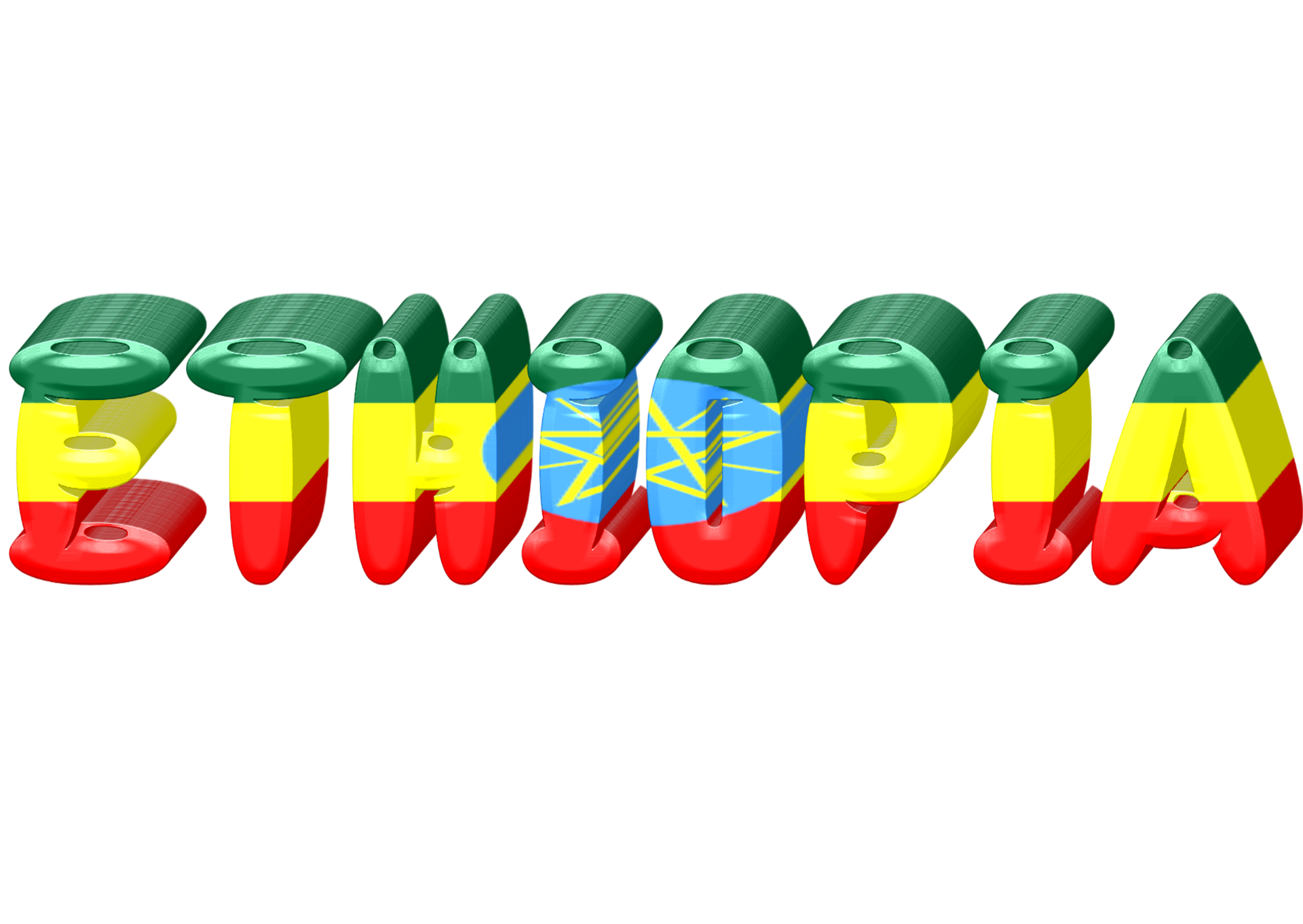Complete Guide to the Child Status Protection Act
The immigration process can seem cumbersome and with delays still a reality from the global pandemic in 2020, some immigrants who filed petitions under the classification of ‘children’ and now have turned 21 may wonder what their legal rights are and if they still qualify for child status. Fortunately, there are protections in place for these very situations. The Child Status Protection Act, (CSPA) was enacted on August 6, 2002 and safeguards the child status for individuals who have aged out (turned 21) prior to their visa being issued as a result of processing visa delays.
Based on the Immigration and Nationality Act (INA) a child is defined as an individual who is both unmarried and younger than 21 years old. Prior to the Child Status Protection Act going into effect in 2002, immigrants who applied for lawful permanent resident status but then turn 21 before their status was approved would be considered to have ‘aged out’ and would have to file a new petition or application altogether, lose eligibility completely or face delays in trying to obtain their Green Cards. While the official definition of ‘child’ has not changed, the Child Status Protection Act sets in place an algorithm to calculate someone’s “CSPA age” so that individuals who ‘age out’ can still be considered children past the age of 21. It’s important to mention that the requirement of being unmarried is still in place.
The following are CSPA criteria:
- Immediate family relatives (including children of widows and widowers)
- Family-sponsored preference applicants (parents, spouse, children under 21, etc)
- Violence Against Women Act (VAWA) self-petitioners and derivative applicants
- Employment-based preference derivative applicants
- Diversity Immigrant Visa derivative applicants
- Derivative refugees
- Your CSPA age is the age you were when your refugee parent or petitioner on Form I-730 filed their I-590; also the same as the date of their interview with USCIS
- Derivative asylees
- Your CSPA age is the age you were when your asylee parent or petitioner on Form I-730 filed their Form I-589
You are eligible for the Child Status Protection Act if you are applying for a Green Card in parallel to one of the aforementioned categories and your I-485 or one of the forms below was filed or considered pending on or after August 6, 2002:
- Form I-130, Petition for Alien Relative;
- Form I-360, Petition for Amerasian, Widow(er), or Special Immigrant;
- Form I-140, Immigrant Petition for Alien Worker;
- Form I-526, Immigrant Petition by Alien Entrepreneur;
- Form I-589, Application for Asylum and for Withholding of Removal;
- Form I-590, Registration for Classification as a Refugee
- Form I-730, Refugee/Asylee Relative Petition.
What is a derivative applicant? For immigration purposes, a derivative applicant is someone who is an intending immigrant but can’t be directly petitioned for, however, they can receive the capacity to adjust their status through the principal applicant. The principal applicant (listed on Form I-485 for example) is the main person intending to immigrate on the petition.
For example, we have a client named Fred. Fred is a citizen of Brazil who is married and has a young child of 12 years old. Fred’s sister is a U.S. citizen that petitioned for him to get permanent resident status and his wife and daughters were listed on the I-130 as well. At the time when John obtains eligibility to file Form I-485 to adjust his status, be will be filing as the principal and his spouse and child can have their own individual I-485 applications with them listed as derivatives under Fred.
Other examples of derivative beneficiaries would be grandchildren, nieces, nephews, etc.
Unmarried children under the age of 21 and a spouse would be considered derivative applicants if the parent/spouse was qualified as the principal applicant. This is not the case for individuals who are the children or spouse of U.S. citizens because they are considered immediate relatives for immigration purposes.
Child Status Protection Act Calculator
For Asylees and Refugees
If you were under the age of 21 at the time your parent filed Form I-589, your age is frozen as of that date and you will not age out. Unlike derivative refugees, you must be unmarried in order to qualify for a grant of derivative asylum and to qualify for a Green Card under INA section 209.
For Immediate Relatives
Those who fall under the immediate relative category, are the child of a U.S. citizen or are self-petitioning under Violence Against Women Act (VAWA) or derivative, your CSPA age is the one when Form I-130 or Form I-360 is filed. You are eligible for CSPA and will not age out if at the time when the petition was submitted you were under 21 years old.
What if my husband/wife dies before our petition my immediate relative spousal petition is approved? If this happens, your Form I-130 is automatically converted to a widow(er)’s Form I-360. Any children of the widow(er) who are younger than 21 and not married can be classified as derivatives on Form I-360 and qualify under the
For Family and Employment Preference/Diversity Visa Immigrants
Those who fall into this category can calculate their CSPA age by subtracting the number of days your petition was pending from your age on the date an immigrant visa becomes available to you. Cannot be married to qualify.
Child Status Protection Act Calculator Formula:
Age at Time of Visa Availability-Pending Time = CSPA Age
CSPA Immigration Frequently Asked Questions
How does CSPA calculate age?
The formula used to calculate an individual’s age will depend on which immigrant category they fall under. For family and employment preference and diversity visa immigrants, the calculation is (Age at Time of Visa Availability) subtract (Pending Time). Have more questions about the CSPA age calculator? Contact our office for a consultation to learn about your rights.
Can a parent file for a child over 21?
Yes, U.S citizen parents are able to petition for their foreign-born children even if they are past 21 years old. The processing time can be upwards of years.
When did CSPA age freeze?
The Child Status Protection Act was enacted in 2002. The point in which an immigrant’s age freezes will depend on a number of factors including the immigrant category they fall into, if they are a principal or derivative applicant among other factors.
How many years does it take to petition a child over 21?
It can take anywhere from 3 years or longer for an unmarried child (of a U.S. citizen or green card holder) above the age of 21 to get their I-130, Petition for Alien Relative approved. After that happens they must wait for an immigrant visa number to become available per the country caps.
Does CSPA apply to F4 category?
Yes, the CSPA does apply to the F4 category. When check the visa bulletin, look at the preference category. Children under 21 of LPRs are in visa preference category F2A while those above 21 are in category F2B and called “sons” and “daughters”. This matters because there is a staggering difference in wait times between these two categories. Check the latest visa bulletin here. As of the June 2022 Visa Bulletin, the F2A category is current.
How We Can Help
Have additional questions related to the Child Protection Status Act or CSPA immigration in general? The best way to start the immigration process is to schedule a consultation with our team. The VisaNation Law Group attorneys have helped thousands of individuals become reunited with their relatives in the United States.






